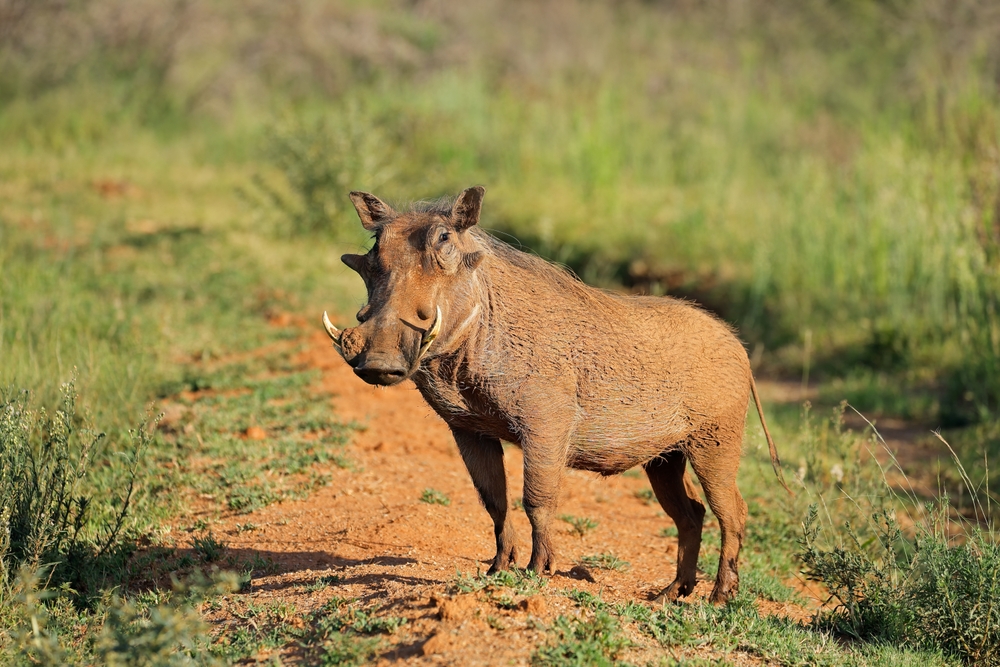Boucle du Baoulé National Park in Mali is renowned for its significant rock art heritage, offering a glimpse into the ancient cultural and historical narratives of the region. These rock art sites are scattered across the park’s rugged landscapes and provide a fascinating window into the lives of the people who once inhabited the area.
Prehistoric Engravings and Paintings
The park is home to a collection of prehistoric engravings and paintings etched onto rock surfaces, believed to date back thousands of years. These artworks depict scenes of daily life, including hunting, animal husbandry, and ceremonial activities, showcasing the deep connection between early humans and their environment. Stylized images of animals such as antelopes, elephants, and cattle dominate the art, reflecting the fauna that once thrived in the region.
Symbolic and Ceremonial Significance
Many of the rock art panels are thought to have held symbolic or ceremonial significance, possibly linked to spiritual practices or storytelling traditions. Abstract symbols and geometric patterns found in some sites suggest their use in rituals or as markers of territorial boundaries.
Preservation and Accessibility
While some of the rock art sites are relatively accessible, others require guided hikes through the park’s rocky terrains. These tours, led by knowledgeable guides, ensure the preservation of the fragile heritage while offering visitors insights into the cultural and historical context of the artwork.
Archaeological Importance
The rock art in Boucle du Baoulé National Park serves as a vital archaeological record, shedding light on the region’s prehistoric societies and their interaction with the changing environment. It is a testament to the artistic expression and ingenuity of early humans in West Africa.
Visiting these rock art sites provides a unique opportunity to connect with the ancient history of the region and appreciate the rich cultural heritage that Boucle du Baoulé National Park preserves.












































































